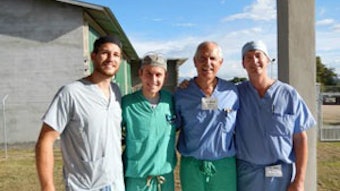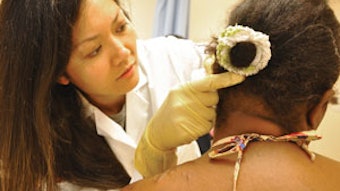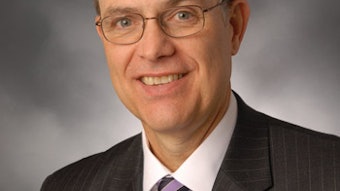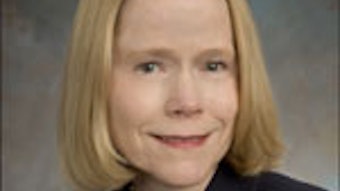The Three A’s Revisited
As the holidays pass so quickly signaling the completion of yet another year, we pause and reflect.
As the holidays pass so quickly signaling the completion of yet another year, we pause and reflect.
I vividly recall the three A’s of practice success, which my father preached to me throughout my training: Ability, Availability, and Affability. These have served me well for more than two decades of practice. However, there is a paradigm shift within the new healthcare landscape. Ability is not as acutely recognized, but almost an assumption—new financial-based measures and rating scales seem to be trumping physician ability. Availability is likewise becoming an expectation; unavailability is frowned upon. Affability may be innate, or learned, but is certainly more widespread and welcomed.
With the new healthcare culture, three different A’s may more accurately define keys to practice success: Awareness, Accountability, and Agility.
Awareness. New rules, new regulations, new measures pop up with alarming frequency, and it is incumbent upon us to stay alert and abreast of all the changes, typically brought and enforced by agencies outside of our purview.
Accountability. Accountable is the new buzzword. Expectations of physician accountability have run amok with directives to reduce cost, yet provide “high value” care. Also, we must be responsible for patient lifestyle, habits, and medication compliance—and to be penalized if any element falters.
Agility. Physicians are multitasking as caregivers (providing excellent patient care), computer specialists (EMR data entry specialists, and computer troubleshooters, when necessary), compliance auditors (ensuring we follow the ever-changing PQRS rules, Meaningful Use, etc.), and students (learning and taking courses on such new mandates as ICD-10 use and MOC). Flexibility is paramount.
What is a physician to do? Sadly, we all know older, yet productive and experienced, practitioners, who opted for early practice termination rather than to struggle with these myriad issues. Happily other, invigorated and enthusiastic physicians are stepping up their efforts within the Academy and the Board of Governors (BOG).
Communication is vital for issue comprehension and solution development. To that end, new methods to give members the ability to communicate are rapidly evolving. The online ENTConnect forum has certainly opened and fostered avenues for individuals to comment, critique, and advise—all valuable discussion components. “Societies Connected” will, similarly, permit inter-society communication, learning, and direction.
Within the BOG Socioeconomic and Grassroots (SEGR) Committee, we are intensifying our efforts for all members to have a voice and to be informed. The Regionalization Plan, which divides the country into 10 geographic regions, has dedicated leaders serving as Regional Representatives (Region 1, David S. Boisoneau, MD; Region 2, Hayes H. Wanamaker, MD; Region 3, Michael D. Weiss, MD; Region 4, Daniel L. Wohl, MD; Region 5, Robert J. Stachler, MD; Region 6, Lawrence M. Simon, MD; Region 7, Nila M. Novotny, MD; Region 8, Phyllis B. Bouvier, MD; Region 9, Steven T. Kmucha, MD; Region 10, Paul A. Abson, MD; and Specialty Societies, Soha N. Ghossaini, MD). Each of the regional representatives is connecting with his/her member state seeking input. Our unified plans depend upon widespread input.
In this time of perpetual and rapid change, there is hope for continuing successful and meaningful practices of medicine through awareness, accountability, and agility. Please participate, stay engaged, and communicate with your BOG contacts, so that we can continue to shape our own futures.




